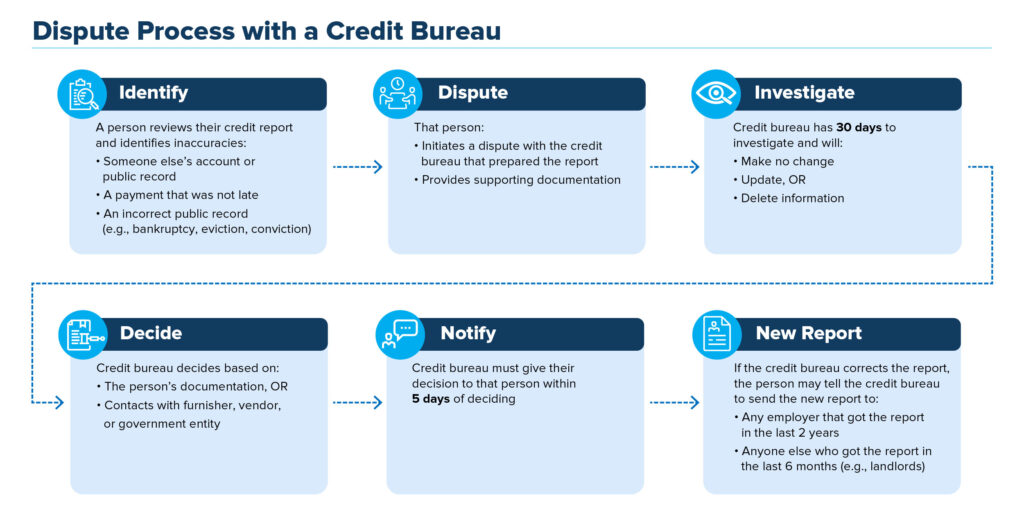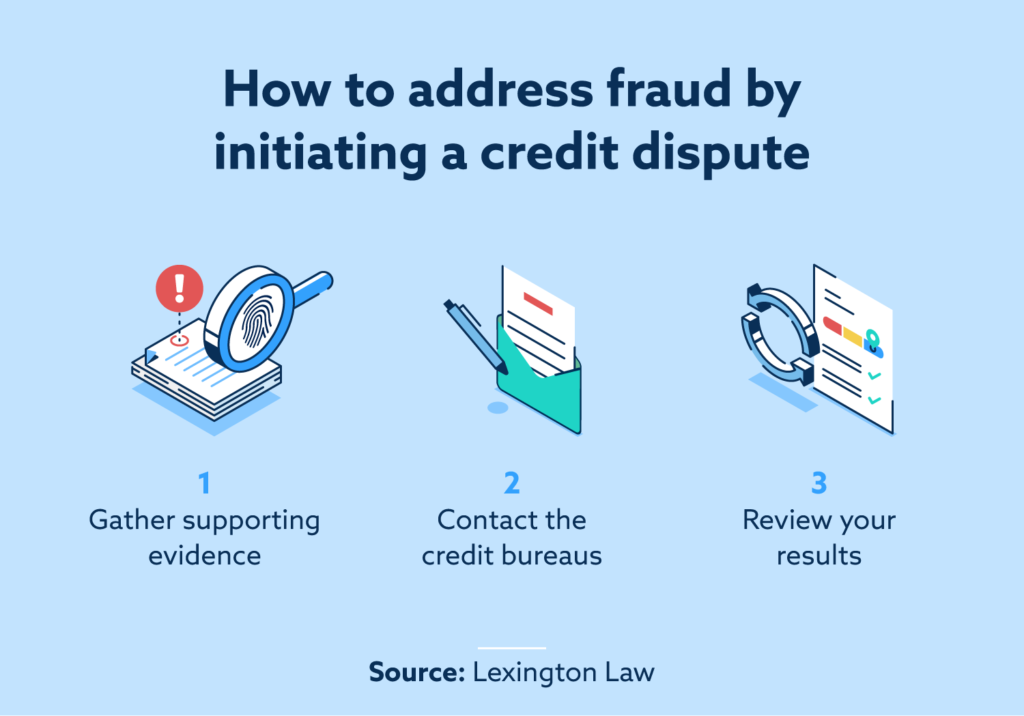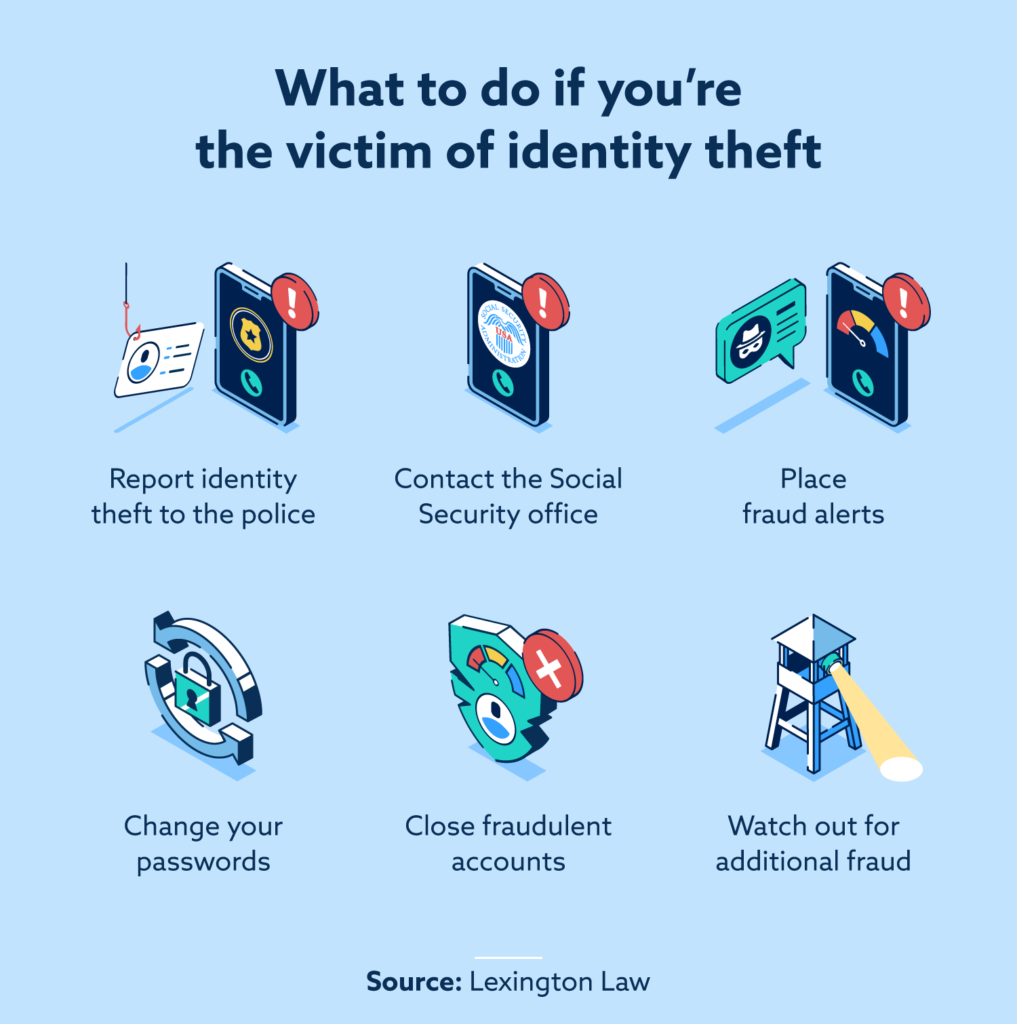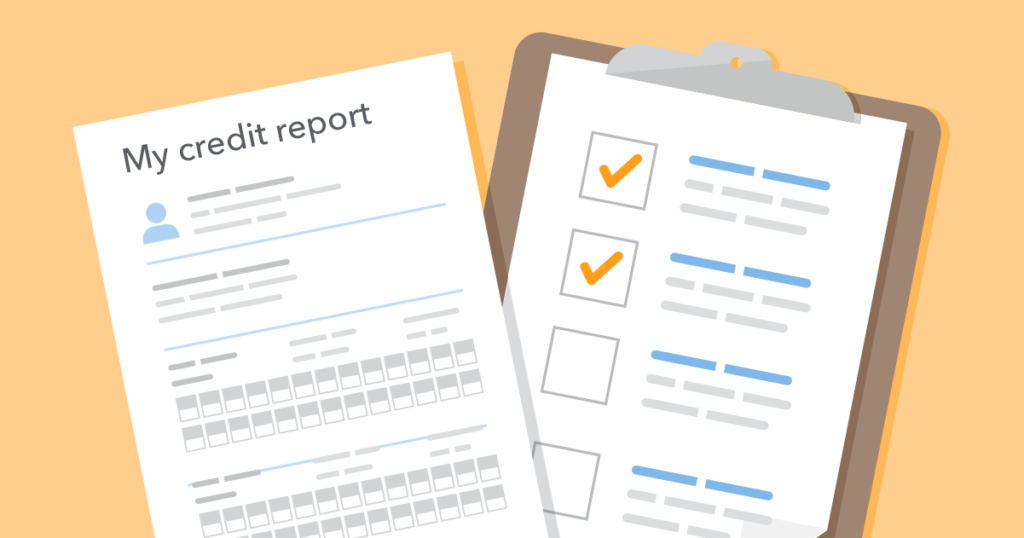So, you want to know how to identify and handle fraudulent activity on your credit report? Well, the first thing you need to do is keep a close eye on your credit report on a regular basis. By regularly checking your report, you can quickly spot any unrecognized or suspicious activity that might indicate fraud.
Now, let’s talk about how to handle fraudulent activity if you do come across it. The moment you notice any unauthorized charges or accounts on your credit report, it’s important to take immediate action. Reach out to the credit reporting agencies and notify them about the fraudulent activity. You can also contact the financial institutions involved to inform them of the fraudulent charges or accounts on your name. Remember, it’s crucial to act swiftly to limit any potential damage and protect yourself from further fraudulent activity.
Remember to always stay vigilant and proactive when it comes to your credit report. By staying informed and taking quick action, you can effectively identify and handle fraudulent activity, safeguarding your financial well-being.
Overview of Credit Report Fraud
In today’s digital age, credit report fraud has become a growing concern. Understanding what credit report fraud entails, the importance of identifying it, common types of fraudulent activity, and the steps to detect, report, and handle it is crucial in protecting your financial well-being. By being proactive and informed, you can safeguard your credit history and prevent unauthorized access to your personal information.
Understanding Credit Report Fraud
Credit report fraud refers to any unauthorized or fraudulent activity that occurs on your credit report. It involves individuals or groups attempting to use your personal information to deceive lenders, creditors, or even financial institutions. This can have far-reaching consequences, as it not only affects your credit score but can also lead to identity theft and financial loss.

This image is property of consumer.ftc.gov.
Importance of Identifying Fraudulent Activity
Identifying fraudulent activity on your credit report is of paramount importance to protect yourself from further harm. By detecting and addressing these issues promptly, you can mitigate potential damage to your creditworthiness and reputation. Moreover, quick action can prevent fraudsters from accessing additional lines of credit or making unauthorized transactions in your name.
Common Types of Credit Report Fraud
Credit report fraud can manifest in various ways, and being aware of common types will help you stay vigilant. One prevalent form is identity theft, where someone obtains your personal information and uses it to open new accounts or make unauthorized transactions. Another method is account takeover, where fraudsters gain access to your existing accounts and misuse them for their benefit. Additionally, fraudulent inquiries and inaccurate personal information also contribute to credit report fraud.

This image is property of www.lexingtonlaw.com.
Detecting Fraudulent Activity
To effectively detect and mitigate fraudulent activity on your credit report, you must adopt a proactive approach. Regularly monitoring your credit report will enable you to spot any inconsistencies or suspicious entries. Here are some essential steps to consider:
Regularly Monitoring Your Credit Report
By obtaining a copy of your credit report from reputable credit agencies at least once a year, you can review it for any discrepancies or unfamiliar accounts. Look out for unauthorized credit inquiries or loans that you did not initiate, and scrutinize account balances and repayment history.
Reviewing Credit Inquiries
Thoroughly examine the credit inquiries section of your report. Any unfamiliar or unauthorized inquiries could indicate fraudulent activity. Be proactive in reporting these inquiries to the credit reporting agencies and alerting them about potential fraud.
Checking Account Information
Carefully analyze the account information section of your credit report. Look out for any accounts that you do not recognize or have not opened. If you come across any discrepancies or irregularities, take immediate action to rectify the situation.
Examining Personal Information
Review your personal information, such as your name, address, social security number, and contact details. If you find any inaccuracies or changes that you did not authorize, it may be a red flag for potential fraud. Promptly notify the credit reporting agencies to update the information and investigate any suspicious activities.
Reporting Fraudulent Activity
Once you spot fraudulent activity on your credit report, it is crucial to report it promptly to the appropriate authorities. By doing so, you can initiate the necessary steps to mitigate the damage and prevent further harm. Take the following actions:
Contacting Credit Reporting Agencies
Contact the credit reporting agencies (Equifax, Experian, and TransUnion) to report the fraudulent activity. Explain the situation in detail, providing supporting evidence if available. Request a fraud alert or credit freeze to stop potential further damage to your credit.
Filing a Fraud Alert or Credit Freeze
A fraud alert notifies potential lenders that you have been a victim of fraudulent activity, prompting them to take extra precautions before extending credit in your name. A credit freeze, on the other hand, restricts access to your credit report, making it difficult for fraudsters to open new accounts. Both options can provide an extra layer of protection while you handle the situation.
Submitting a Dispute
If you identify inaccurate information or fraudulent accounts on your credit report, initiate a dispute with the credit reporting agencies. Provide relevant documentation to support your claim and request the removal of unauthorized entries. Be persistent in following up on the progress of your dispute and ensure timely resolution.

This image is property of www.lexingtonlaw.com.
Handling Fraudulent Activity
Dealing with fraudulent activity can be overwhelming, but by following these steps, you can effectively manage the situation:
Contacting the Appropriate Financial Institution
As soon as you detect fraudulent activity, notify the relevant financial institution associated with the account. Explain the situation and provide any documentation or evidence you have collected. They will guide you through the steps to safeguard your account, investigate the matter, and possibly reverse any unauthorized transactions.
Documenting Evidence
Maintain a detailed record of all communications, transactions, and documents related to the fraudulent activity. This includes copies of credit reports, emails, letters, and any other relevant evidence. These records will be crucial in supporting your claims to the authorities and financial institutions involved.
Reporting to Law Enforcement
If you find yourself a victim of credit report fraud, it is essential to report the incident to your local law enforcement agency or the appropriate authority. Provide them with a comprehensive account of the fraudulent activity, backed by your documented evidence. This step helps to initiate an investigation and increase the chances of apprehending the culprits.
Preventing Credit Report Fraud
While addressing fraudulent activity is crucial, taking proactive measures to prevent credit report fraud is equally important. Focus on these preventive strategies:
Protecting Personal Information
Safeguard your personal information by taking precautions such as keeping important documents in a secure place, shredding sensitive paperwork before disposing of it, and being cautious while sharing personal details online or over the phone. Limiting access to your information reduces the chances of it falling into the wrong hands.
Using Strong Passwords
Utilize strong, unique passwords for all your online accounts, including your financial institutions and credit report websites. Avoid using easily guessable information and regularly update your passwords. Consider using a password manager to securely store your passwords for easy access while maintaining their confidentiality.
Being Cautious with Credit Applications
Exercise caution when applying for credit or loans. Only provide your personal information on secure platforms, double-check the legitimacy of the lending institution, and carefully review all terms and conditions before proceeding. Be wary of unsolicited calls or emails requesting your financial information and never share sensitive data without verifying the source’s authenticity.
In conclusion, credit report fraud poses a significant threat to your financial well-being. By comprehending the various aspects of credit report fraud, actively detecting and reporting fraudulent activity, handling the aftermath effectively, and taking preventive measures, you can safeguard your credit history and protect yourself from potential harm. Stay vigilant, be proactive, and regularly monitor your credit report to maintain financial security in an increasingly digital world.

This image is property of s3.amazonaws.com.
